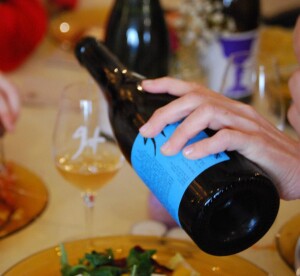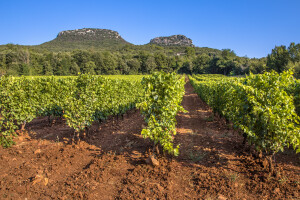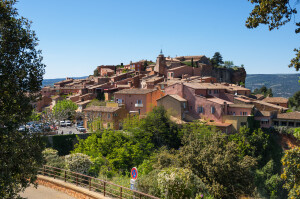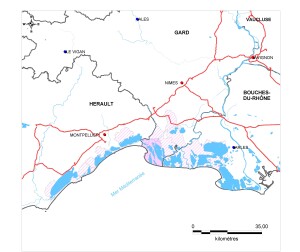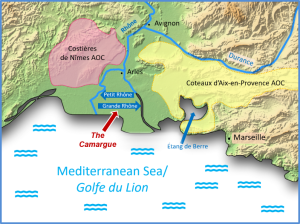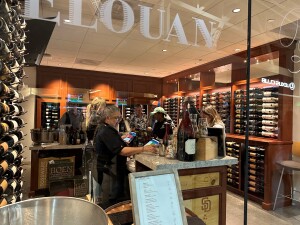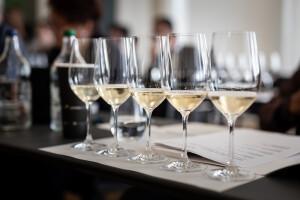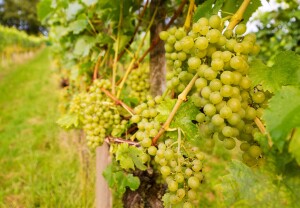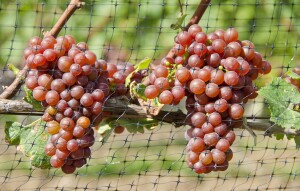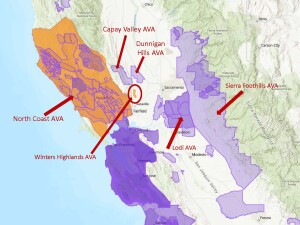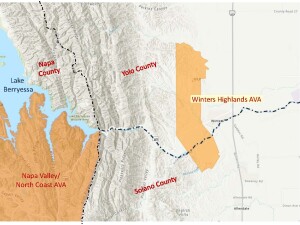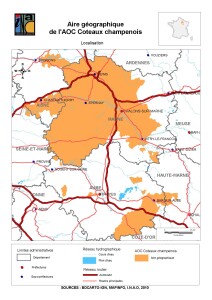The Tarragona DO—registered in 1947—is a diverse, discontiguous wine region located in Catalonia. The eastern section of the appellation stretches along Spain’s Mediterranean Coast, while a smaller outpost is located further inland. The area includes the coastal plain just south of Penedès, the foothills of the Serra de Montalt, and a portion of the Ebro River Valley.
As befits such a diverse area, the list of grape varieties allowed for use in the DO is long and involved. Leading red grapes include Garnacha Negre, Carignan (here known as Samsó or Carinyena), Tempranillo (Ull de Llebre), Syrah, Cabernet Sauvignon, and Merlot. White grapes include Garnacha Blanca, Chardonnay, Macabeo, Xarel-lo, Moscatel (Muscat), Parellada, and Sauvignon Blanc.
The catalog of wine styles allowed for production under the auspices of the DO is even more impressive and contains no less than ten styles of wine. Included are various styles of white, red, and rosé wine in addition to oxidized wines (vino rancio), sparkling wines, fortified wines, mistela, and late-harvest wine.
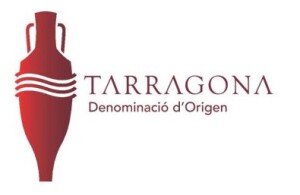 As of November 2023, as published in the Journal of the European Union, the Tarragona DO is approved for one more style of wine: Orange Wine (referred to as Vino Brisado in Spanish or Vin Orange in French).
As of November 2023, as published in the Journal of the European Union, the Tarragona DO is approved for one more style of wine: Orange Wine (referred to as Vino Brisado in Spanish or Vin Orange in French).
The Orange Wine of Tarragona is a skin-contact white wine macerated on the skins, seeds, and (perhaps) stems of the grapes in addition to the juice. It may be produced using the same grape varieties as allowed in the appellation’s white wines—Chardonnay, Garnacha Blanca, Macabeo, Xarel-lo, Moscatel, Parellada, Sauvignon Blanc, or Malvasia (Subirat Parent)—as well as Xarel-lo Rosado (a pink-berried mutation of Xarel-lo). It is described as being clear and bright, and ranging in color from intense yellow to amber/orange. Primary, herbaceous, and vegetal aromas are typical, as is a good balance of acidity. Some bitter and/or tannic notes may be noted as well.
References/for more information:
Post authored by Jane A. Nickles…your blog administrator: jnickles@societyofwineeducators.org
